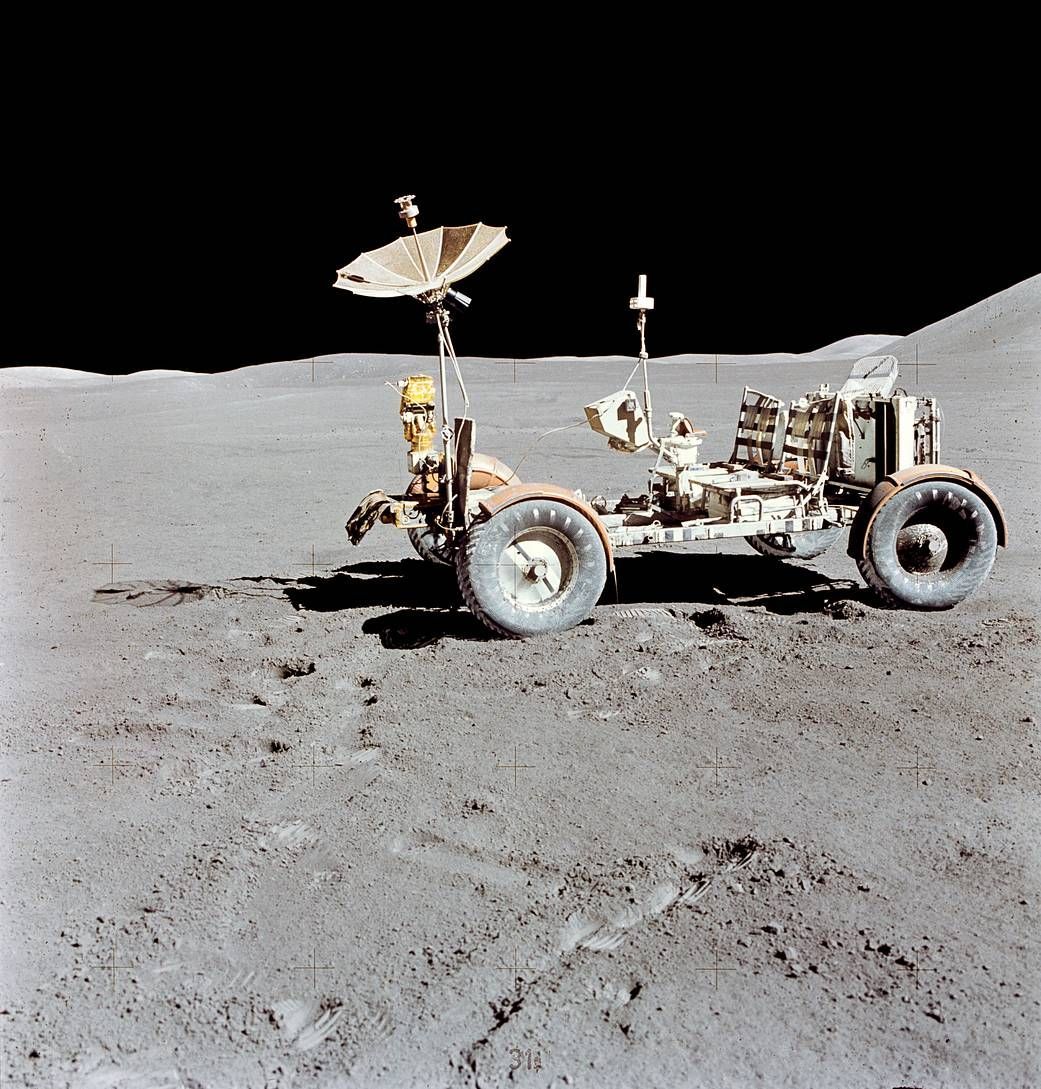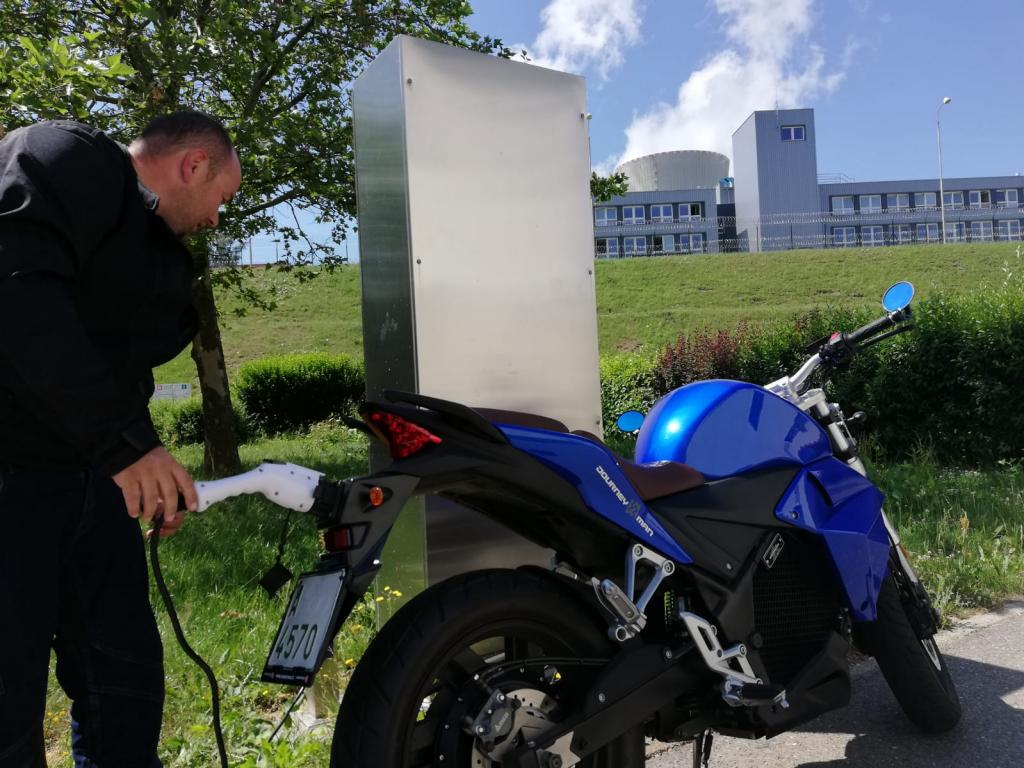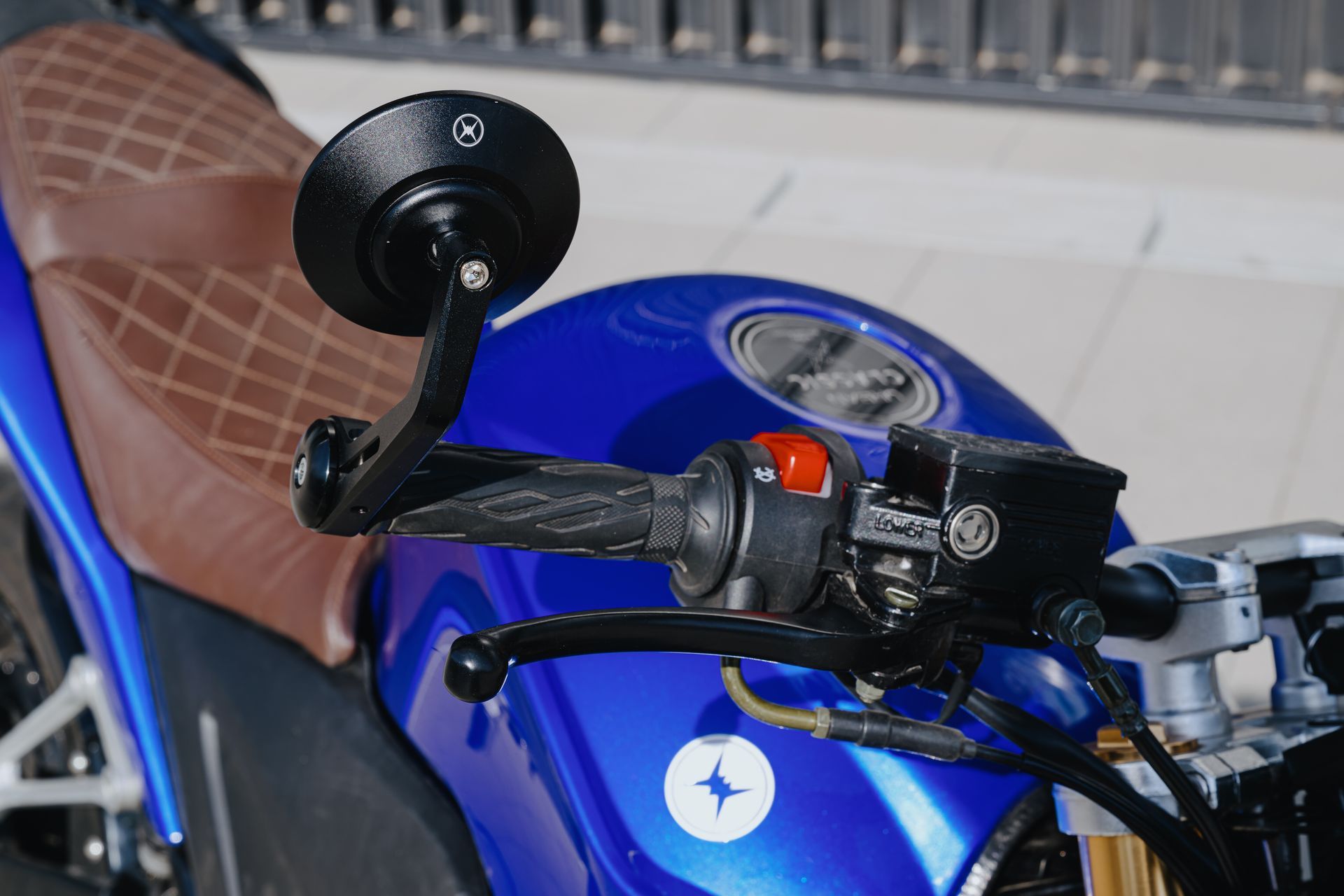Is Public Charging Stations & Ultra-fast Charging the Key to 2 Wheel EV Adoption?
connect • May 22, 2020
Believe it or not, but there is a lot of information behind it ...
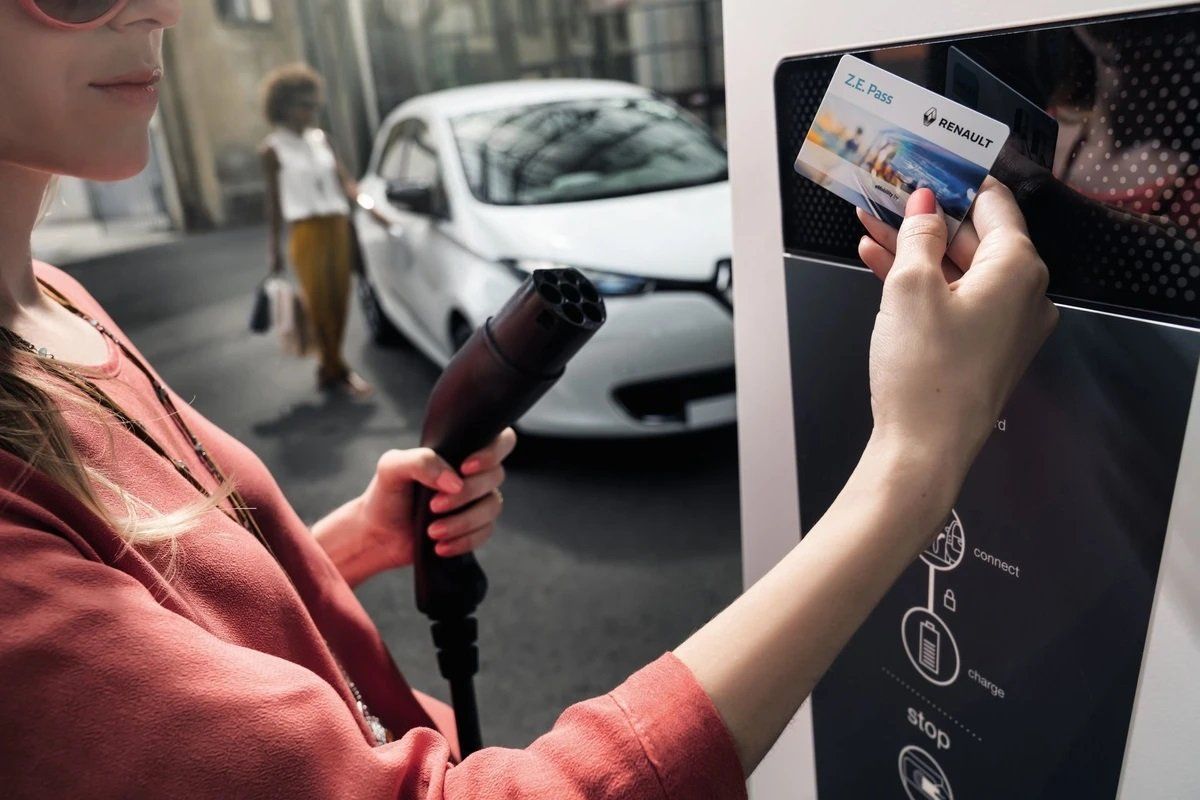
To fully understand mass adoption of 2 wheeled electric vehicles, one must understand the use cases that each vehicle will endure; electric motorcycles, electric scooters and electric mopeds and how their rider's will feel with the current or future charging infrastructure that is available to them. Currently, with the rapid expansion of public charging stations, many OEMs are jumping on board with charging station support for Level 2 or DC fast charging that makes owning an electric motorcycle or electric scooter that much more convenient.
- Electric Motorcycles: Short to mid range commutes within cities, long distance cross country trips, short haul group rides to the country side.
- Electric Scooters: Short range commutes within cities
- Electric Mopeds: Neighborhood runs, grocery getting, last mile transport
- Private vs Public Charging Stations; the next generation of electric motorcycle and electric scooters are going to need a mixture of both in order to feel comfortable enough to make the purchase and move up to mass adoption of electric 2 wheeled vehicles, but smaller scale EVs have a huge advantage that in many parts of the world, in that fast charging can sometimes be achieved by regular household power outlets or potentially Level 2 charging only.
"fast charging can sometimes be achieved by regular household power outlets"
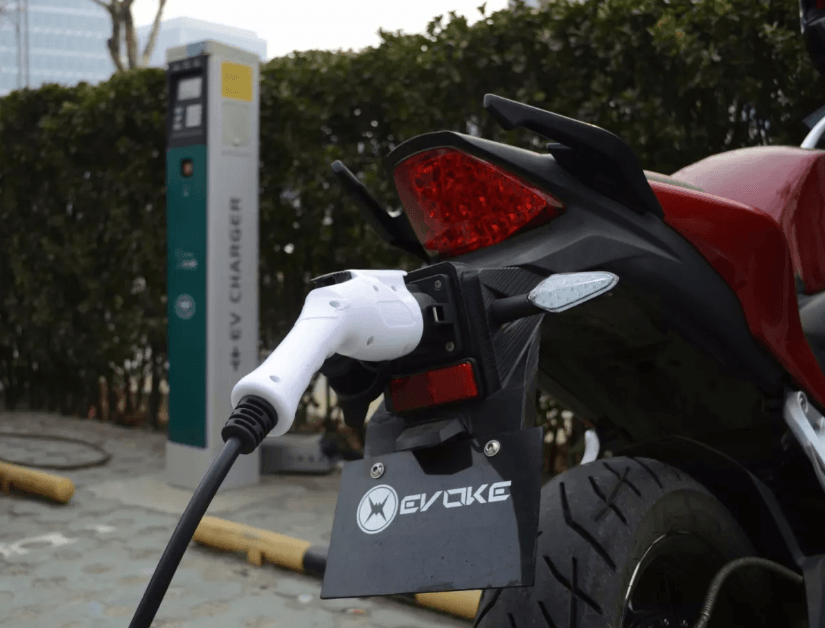
Many places in Asia and Europe run off 220v - 240v at 10 - 16A, which provide 2 - 3kw of power comfortably from the main power grids, which allow smaller battery packs to charge potentially quite fast. Level 2 charging stations at home or in the wild provide up to 7kw of power, which for many electric motorcycles would suffice for current onboard charger technology to get the charge time down to a couple of hours. There is also an influx of chargers capable of charging at 22kw and more, which for some higher end electric motorcycles could pull the charge time down to 15 - 30 mins.
For those on the bandwagon saying that the current Public Charging Station system mimics too much of the old "Gas Station" system, I agree to some degree that no one likes going to the gas station and that we need to take more of a cell phone approach to charging our electric motorcycles, but taking a look at the use case for electric motorcycles and electric scooters, both of them require short to mid distances, potentially longer, and for those using electric motorcycles for pure leisure will need that infrastructure setup to fully enjoy their purchase. Even the city commuter on an electric scooter needs that infrastructure in a pitch to allow him or her to make that unexpected stop to the grocery store or by a friend's house to pick something up. Of course, normally we'll have the convenience of plugging in at night and waking up to a fully charged vehicle everyday.
With new battery cell and pack assembly technology, many companies are able to push the "ultra-fast" barrier of charging capability on EVs, and eventually we'll be able to take the outdated "Gas Station" system and make it our own. Tesla has already taken a more "lifestyle" approach to their Supercharging stations, and I predict a future of coffee shops, chill venues and small restaurants making charging not just a chore, but a place for electric motorcyclists and electric scooter riders to come together, share stories of their rides and misadventures, and meeting new enthusiasts joining the sport.
I predict a future of coffee shops, chill venues and small restaurants making charging not just a chore, but a place for electric motorcyclists and electric scooter riders to come together
So we'll see in a few years time if we end up shifting our meet-up spot from that run down cafe to that new fast charging station on 5th and Main St.
What do you think? What will it take for mass 2 wheel EV adoption? What do you see the future of charging stations to look like? I'd love to hear your thoughts and comments.
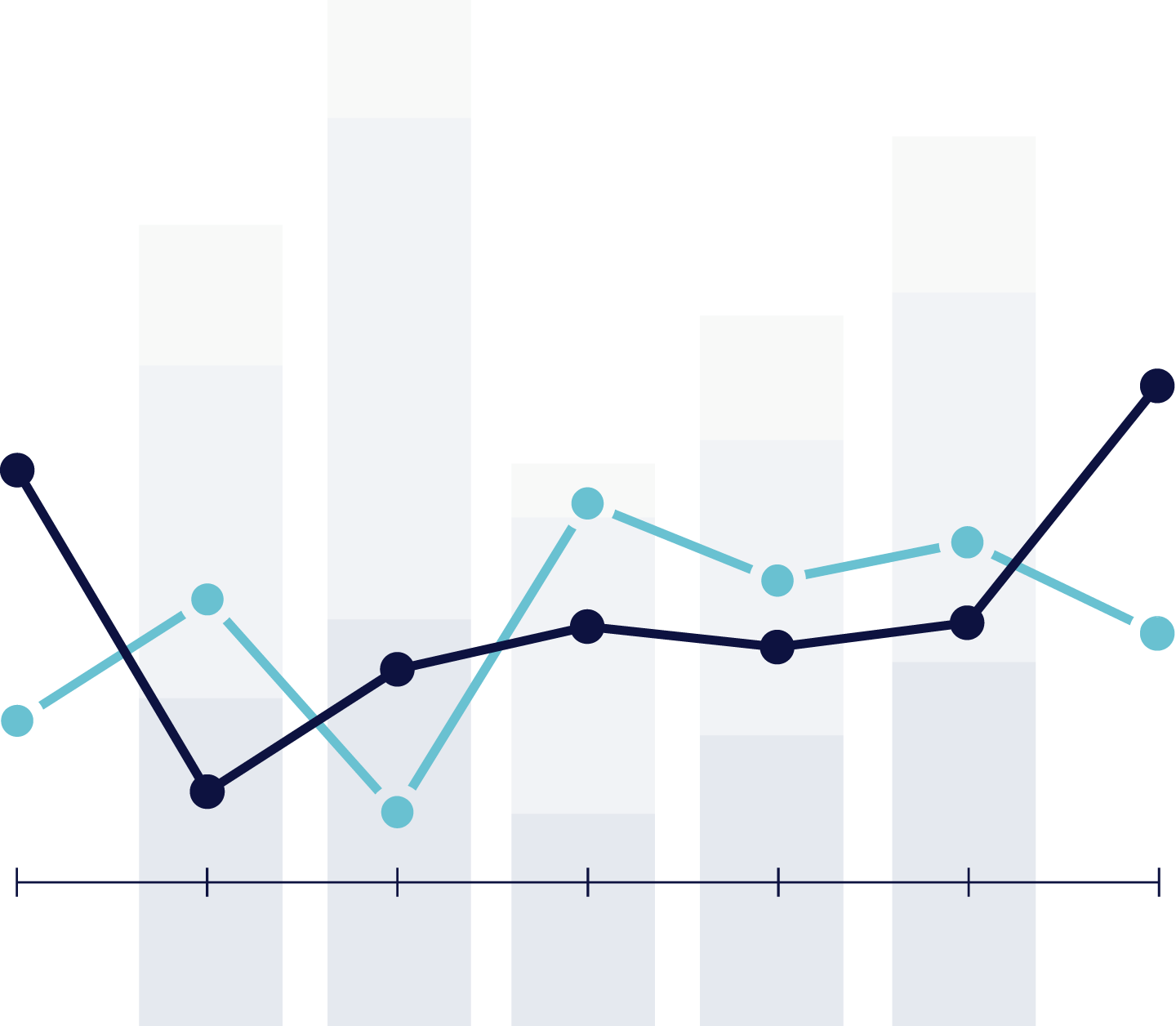
Data logging for electric vehicles offers numerous benefits. Firstly, it enables vehicle owners and enthusiasts to comprehensively analyse and evaluate their vehicle's performance. By recording essential parameters such as engine RPM, speed, throttle position, and braking force, among others, data logging facilitates the identification of areas for improvement, fine-tuning of vehicle settings, and tracking of performance changes over time. Furthermore, data logging serves as a valuable diagnostic and troubleshooting tool, providing crucial information about sensor readings, error codes, and system behaviour during specific events or conditions. This empowers mechanics and vehicle owners to identify problems accurately and make informed decisions regarding repairs or maintenance. For performance enthusiasts, data logging allows customization and optimization of vehicle settings, as continuous monitoring and logging of performance data enable precise fine-tuning of engine parameters, suspension settings, and other components. This approach helps achieve desired performance characteristics while maximizing efficiency. Importantly, data logging contributes to safety by providing insights into driver behaviour and vehicle performance, recording data related to acceleration, braking, speed, and other parameters. This information can be utilized for training purposes, monitoring driving habits, and assessing vehicle performance during critical situations. Thus, data logging proves to be an invaluable tool, offering multifaceted advantages for vehicle owners, enthusiasts, mechanics, and the automotive industry as a whole. When it comes to Evoke Motorcycles, collected data is used for identifying errors and potential areas of improvement in prototypes and other models. If an error or an abnormality comes up in the data, it can be easily noticed and traced to its origin, helping identify the root of the problem. Furthermore, using data brings valuable insights into driver behaviour and its variety. If one behaviour is more prevalent than the other, or there are many, the design or parameters can be manipulated to better suit the driver and make the driving experience much more pleasant and comfortable. In the future, data analytics are planned to be shifted in the hands of AI/ML providing instantaneous criteria and analysis on the go, as the data is being collected. This will fully automate the process and result in much more detailed diagnostics once the AI is sufficiently trained on the past data processes. All of the data is collected and stored within the vehicle, as this surpasses the limitation of servers. If the data is stored within a server in one country, a user in the other might not be able to access it. If the data is stored inside the Evoke motorcycle itself, the user can access it at any point and maintains full control of their own riding data. If there are any issues with the electric motorcycle, or the user would like to understand their riding data better, it can be easily sent to Evoke for review, bypassing any geopolitical limitations that would be otherwise present with the use of servers. The vehicle records up to 10 hours of riding data and is collected every 0.5 seconds. As of 2024, the 120 collected data points make up the five main data pools:

Vehicles, that run with combustion engines or ICEs rely on a jackshaft to efficiently distribute the produced power or simply optimise the conversion of energy to the wheels of the vehicle. ICEs cannot automatically regulate the speed of their rotation. In order to control it, different gears are introduced, to be able to increase and decrease the torque. If the jackshaft is part of a transmission system, it may have multiple gears or pulleys of different sizes attached to it. These gears or pulleys can have different ratios, allowing for torque conversion or speed adjustment. Gear ratio can be calculated via the formula below:
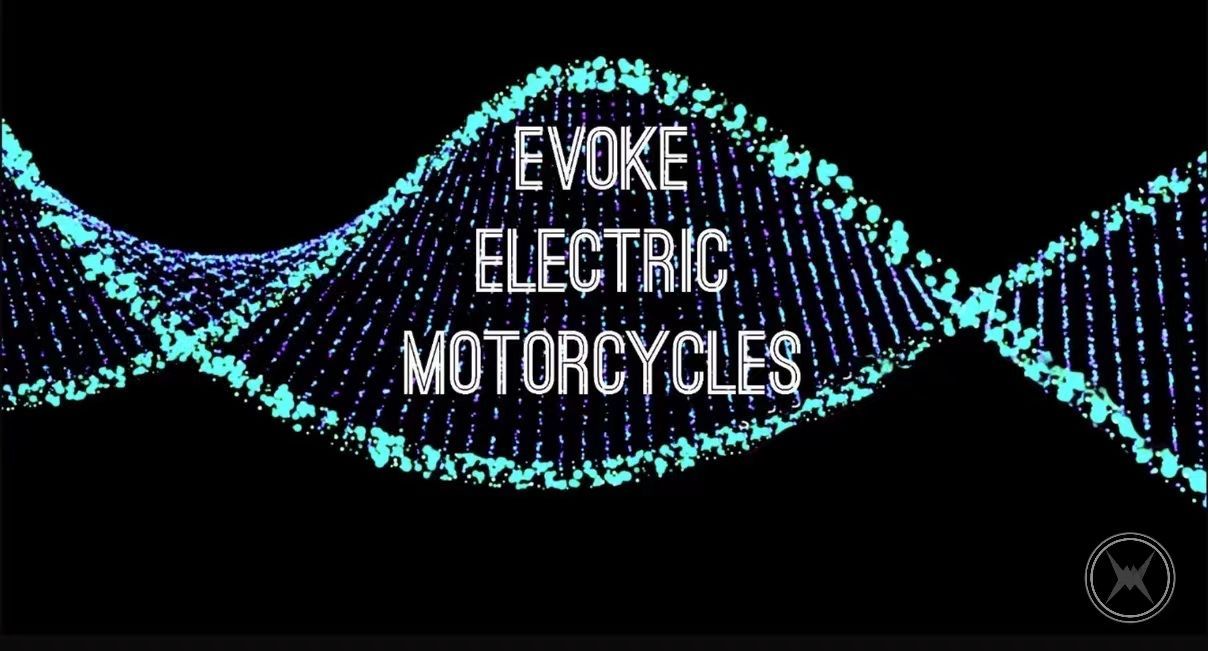
In terms of automotive there may be a handful of principles that determine the overall form and componentry present on a vehicle. Inescapable is physics, aspirational is performance but as another 20th century icon dictated, there's no escaping the bottom line and in manufacturing that means a need to establish and maintain a lean operational footprint.


